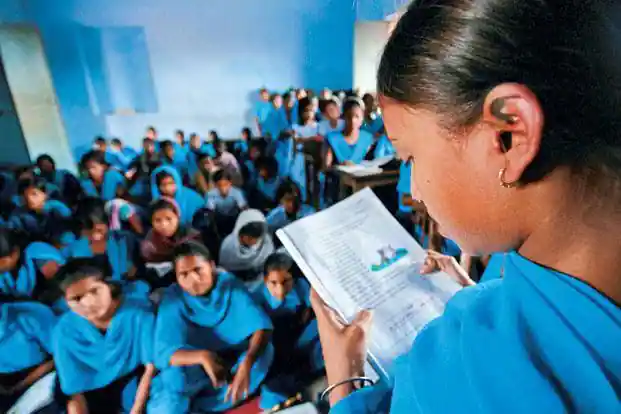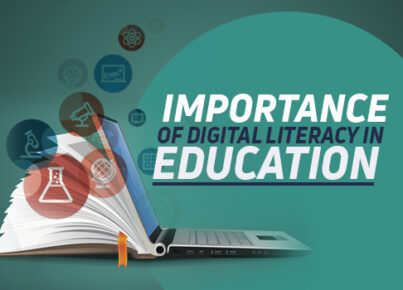Education has always been a crucial factor in the development of a country. In India, education has undergone significant changes over the years. While there have been some positive developments in the field, there are still many challenges that need to be addressed. Here is a brief overview of the state of education today in India.
Access to Education: Despite the Right to Education Act (RTE) enacted in 2009, which guarantees free and compulsory education to all children between the ages of 6 and 14, access to education remains a significant challenge in India. While the number of children attending school has increased in recent years, there are still many who drop out due to poverty, lack of infrastructure, and social biases. Moreover, the digital divide has widened further due to the pandemic, with students from underprivileged backgrounds struggling to access online classes.
Quality of Education: The quality of education in India is a matter of concern. While there are some top-tier institutions in the country that provide world-class education, the majority of schools and colleges lack the necessary infrastructure and resources to deliver quality education. The shortage of trained teachers, outdated curricula, and the lack of practical and skill-based learning are some of the key challenges that impact the quality of education in the country.
Vocational Training: There is a growing need for vocational training and skill development in India. However, the traditional education system in the country does not provide the necessary training and skills needed for students to succeed in the job market. To address this issue, the government has launched several initiatives, including the Skill India campaign, to provide vocational training to students and make them job-ready.
Gender Disparities: Despite significant progress in recent years, gender disparities remain a significant challenge in the field of education in India. According to the UNESCO Institute for Statistics, the female literacy rate in India is lower than the male literacy rate. Additionally, there are several social and cultural biases that restrict girls from attending school or continuing their education beyond a certain level.
Inadequate Infrastructure: The lack of infrastructure, including basic amenities like clean water, sanitation, and electricity, is a significant challenge in the education sector in India. Many schools and colleges lack adequate infrastructure, which impacts the learning outcomes of students. Additionally, the digital divide has further worsened the situation, with many schools struggling to provide online education to their students.
In conclusion, while the government has taken several steps to improve the state of education in India, there are still many challenges that need to be addressed. The education system in the country needs to be reformed to provide equal opportunities and access to quality education to all children, regardless of their socioeconomic background or gender. Additionally, vocational training and skill development need to be emphasized to make students job-ready and enable them to contribute to the country’s economic growth. With concerted efforts, India can create a robust education system that meets the needs of its citizens and prepares them for a better future.










